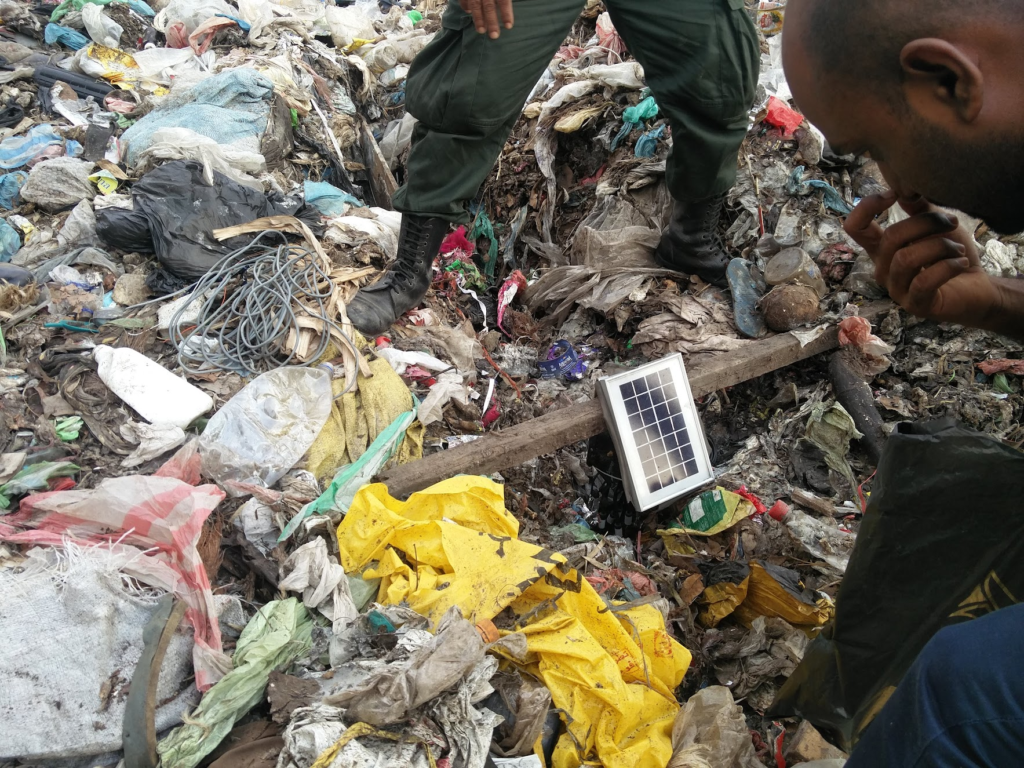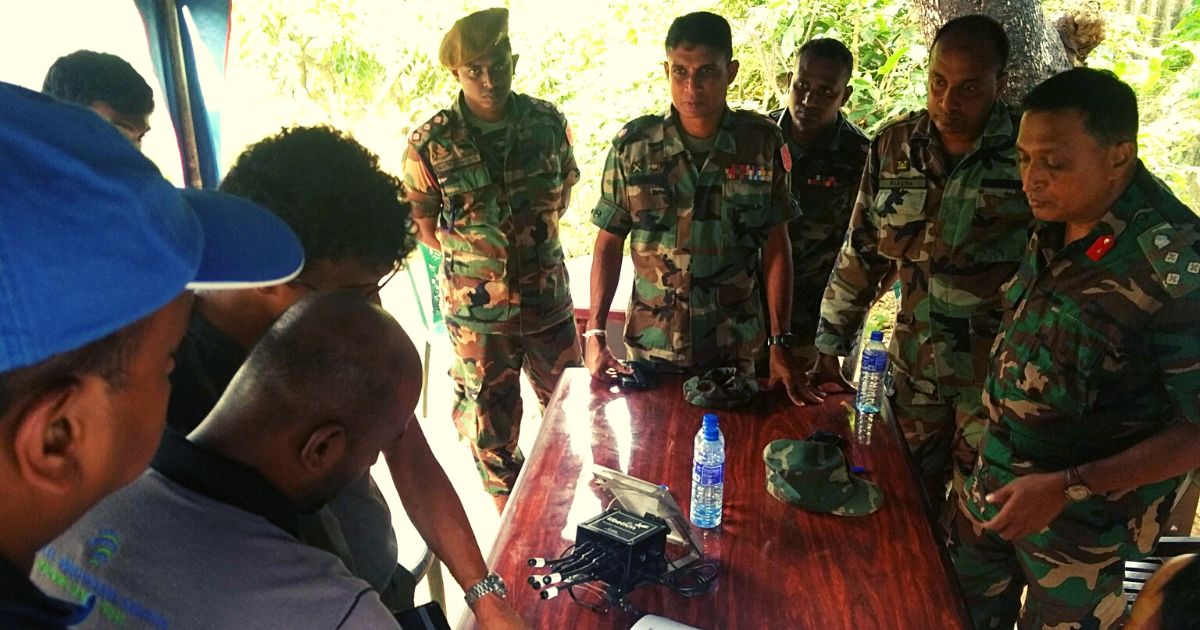Meethotamulla. A month back most would not have even known what or where that is. But today, there’s hardly a Sri Lankan who isn’t familiar with the name. Sadly it’s not for a good reason. On the 14th of April, the residents of Meethotamulla had to face a tragic disaster. A portion of the garbage dump (mountain?) came crashing down, taking lives and the homes of its residents. Following these events, the Meethotamulla garbage mountain became quite a hot topic, particularly on Social Media. Fingers were pointed, environmental experts suddenly started popping up, and all of a sudden garbage has become a very serious issue.
It’s sad that innocent lives had to be lost for some of us to take waste management seriously. It’s becoming more evident now that serious measures need to be implemented, at least starting at a minuscule level. But what about technology? Can technology help us manage/prevent crisis situations like these? The answer is a resounding yes. Look no further than how technology came to the rescue during the dreadful floods Sri Lanka experienced last year. Then again, is the government doing anything about this at all? Well, it looks like they are trying.
Meethotamulla: Getting The Much Needed Data

Following initial tests from a visiting Japanese research team, the dump was found to contain Methane-gas-filled air pockets in the garbage mountain. This would prove to be quite dangerous should the Methane level exceed tolerable amounts. Therefore, it’s vital that these Methane levels are accurately measured. This is where the technology comes in. Under the President’s orders, the Mobitel Innovation Center (MIC) was tasked with getting this much-needed data. In case you weren’t aware, Mobitel Innovation Center is the innovation arm of Mobitel. Remember the Smart Bus Stand that was showcased at Infotel back in 2015? That was the MIC team.

So how does one go about getting this done? We decided to find out ourselves in person. Meeting up with the MIC team yesterday, we were told that specialized sensors would be used for this purpose. The sensors would be placed at a specific location at the dump where the required readings would be constantly recorded. These readings are then stored on a server. Once enough data is available, then it’s just a matter of time. Since the sensors are solar-powered, the system will operate 24/7. In addition to methane, the system will also record Carbon Monoxide and Carbon Dioxide levels, along with Humidity as well.
What’s Next?
The immediate concern would be to determine whether Methane is at a dangerous level at Meethotamulla garbage dump. Any follow-up procedure in this regard would depend on the results from these sensors.
But a few sensors would solve little. This is only a tip-toe in the right direction. There’s a lot more to be done by the authorities. They need to understand and utilize technology even further. We’ve seen how already available tech could have helped manage last year’s flood situation. Turning waste into energy solutions needs to be looked at immediately. Politicians wasting tax money on waste management conferences in other countries will do none of us good. After all, it’s not rocket science. Here’s Chinthaka Abeysekara from Sisili Projects Consortium speaking at TEDx Colombo 2016 about waste management, and how it can become a more valuable resource than just waste:
Ultimately, we’re all partly to blame. From all those little wrappings and plastics to unused electronics, we pretty much throw away everything without giving it a second thought. Eventually, innocent people had to pay for their lives. Our only hope is that history does not repeat itself. Nobody should ever go through such a tragedy. But the question remains, with the availability of so many resources and technology, surely we can do something about this?







GIPHY App Key not set. Please check settings